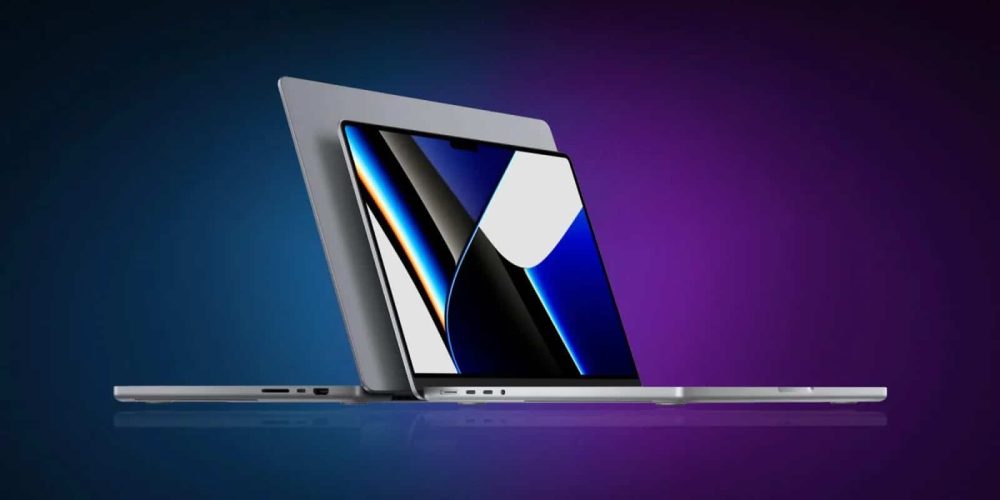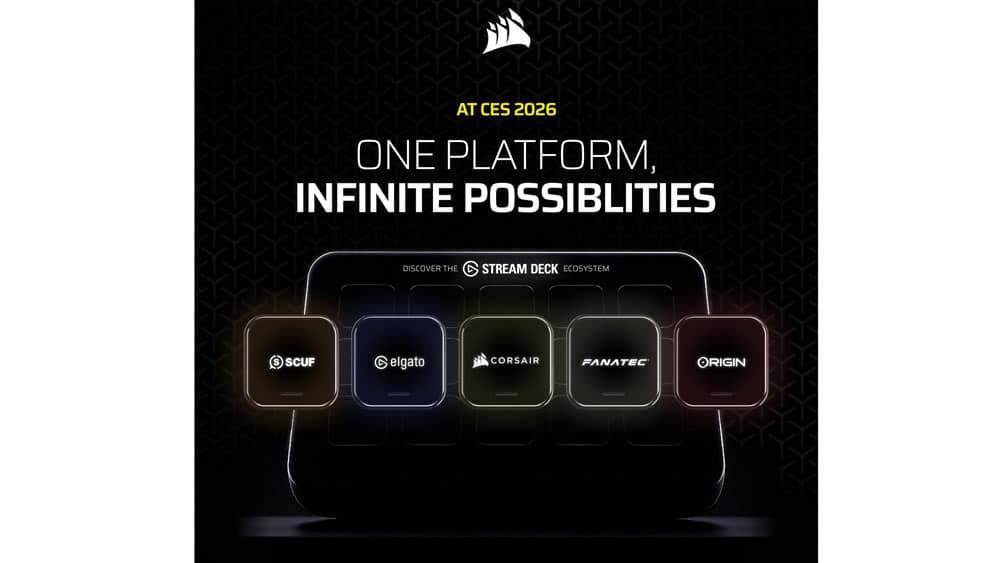Why an M5 delay is fine—and might even be smart business.
Apple isn’t planning to release any new MacBooks with M5 chips until at least 2026. And that’s fine. In fact, in a world where Intel is laying off 2,400 employees in its home turf of Oregon and admits it’s “not in the top 10 semiconductor companies” anymore, Apple’s relaxed upgrade cycle starts to make a lot of sense.
Intel’s Meltdown, Apple’s Green Light
Last week, Intel announced sweeping layoffs, affecting nearly 2,400 workers across Washington County. Among the casualties? Over 300 engineers are responsible for developing next-gen chips, and another 300-plus are maintaining manufacturing gear. This is no small tremor—this is tectonic. With its AI fumble, desktop CPU stagnation, and the quiet exit of former CEO Pat Gelsinger, Intel has admitted it’s in for a “marathon” to survive.
Enter Apple, whose breakup with Intel back in 2020 looks downright prophetic. Apple Silicon chips—starting with the M1 and now stretching to the M4—have blown past Intel and AMD in terms of performance per watt. And with Intel stumbling through layoffs, restructuring, and an identity crisis, Apple’s incentive to rush an M5 MacBook to market is basically nonexistent.
No M5 MacBooks in 2025? That’s Strategic
According to Bloomberg’s Mark Gurman, Apple’s not refreshing the MacBook Air or Pro in 2025. The next batch of Macs, featuring M5 chips, is now expected in the first half of 2026. Yes, there’s still a chance Apple will sneak in a launch at the end of 2025, but all signs point to a more patient cadence.
Apple’s current MacBooks are already industry leaders in efficiency and performance. The real issue isn’t power—it’s novelty. The laptops haven’t changed visually in years, and while they perform admirably, there’s little in the way of new hardware features to justify annual upgrades. OLED displays? Maybe in 2027. Built-in 10GB Ethernet or SD card slots? Keep dreaming.
AI Rules Now—and Intel’s Not Invited
Intel’s failure to anticipate the AI wave gave Nvidia a golden ticket. While Nvidia dominates the training market with H100 and Blackwell GPUs, Apple is focused on optimizing on-device AI inferencing. The M4 chip is already a beast for local AI tasks, and with the rumored M5 pushing further, Apple is likely waiting for meaningful software integration before another hardware refresh.
In contrast, Intel’s own AI struggles were part of the reason it’s now trimming staff and trying to shrink into something “more agile.” Meanwhile, Apple can afford to breathe easy. It’s already miles ahead in the performance-per-watt race, and ARM-based Windows laptops are only just catching up.
Why Apple Doesn’t Need to Rush
Most users don’t need a new MacBook every year. And Apple, knowing that, may finally be dialing back the hype machine to align with real-world upgrade cycles. We already saw this happen with iPads, which now follow a more staggered release schedule. Why not extend the same logic to Macs?
Gurman suggests Apple’s slower release cadence is actually part of a broader strategy to stabilize revenue, perhaps to avoid the boom-and-bust pattern tied to annual launches. And while Mac sales have slumped recently, cranking out lookalike laptops every 12 months won’t fix that. In fact, it might be doing more harm than good.
“Honestly, it is so absurd to release a new MacBook every year,” wrote one commenter. “It doesn’t encourage me to buy things, because I reach a point where I’m like ‘the new one is coming out in [x] months. I’ll get a new one then.”
Apple Isn’t Untouchable, Though
Yes, Apple dominates the high-end laptop market. It earns the lion’s share of profits while holding just 10% of the global PC unit market share. But competition still exists. Companies like Lenovo, Dell, HP, and even AMD are producing compelling alternatives. Windows on ARM is improving, and ARM-based CPUs are gradually eating away at x86 dominance in both laptops and servers.
So no, Apple can’t sit completely still—but it can afford to skip a year. Especially when the alternative is re-releasing the same chassis with slightly better specs and calling it innovation.
Apple’s Move Is Smart—For Now
Apple taking a breather from annual MacBook releases makes sense. Intel is flailing, AMD isn’t catching up in laptops, and Apple Silicon still runs laps around the competition in efficiency. Until there’s a major leap in display tech, AI integration, or form factor, holding off on M5 MacBooks isn’t lazy—it’s calculated.
The M5 delay also gives Apple’s engineers room to breathe and lets consumers enjoy their devices longer without feeling like they’re immediately outdated. It might even force Apple to take design risks again—maybe that long-awaited OLED MacBook or workstation-class powerhouse isn’t so far off.


